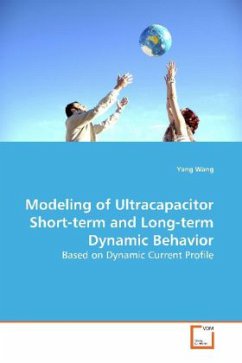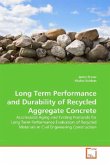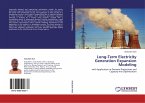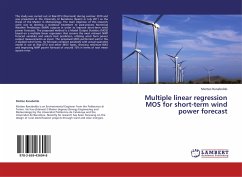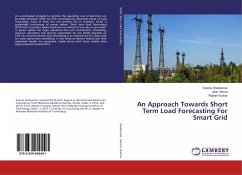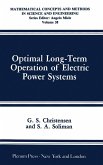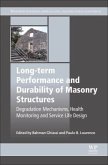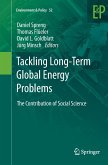Fostering the green energy world has become a hot
topic in recent years. More and more hybrid vehicles
find their way into the consumer market. Batteries
or ultracapacitors are usually employed as the
second energy source in hybrid vehicles. Compared
with batteries, ultracapacitors have more advantages
such as higher energy densities, long life cycles
and environment-friendly. In order to have a good
control strategy in hybrid vehicle to take advantage
of ultracapacitor, its model must be accurate. In
this book, short-term and long-term models have been
developed. For the short-term models, high order
transfer functions consistent with an RC ladder
model are assumed. Transfer function coefficients
are identified by a least squares algorithm based on
experimental data consisting of time-varying current
excitations and the resulting terminal voltage
responses. A long-term model with six RC branches is
developed by fitting the terminal voltage transient
response to an impulse charging current. From the
ultracapacitor models derived, terminal voltages
under different current profiles can be determined
accurately over the time frame of one hour or two
months.
topic in recent years. More and more hybrid vehicles
find their way into the consumer market. Batteries
or ultracapacitors are usually employed as the
second energy source in hybrid vehicles. Compared
with batteries, ultracapacitors have more advantages
such as higher energy densities, long life cycles
and environment-friendly. In order to have a good
control strategy in hybrid vehicle to take advantage
of ultracapacitor, its model must be accurate. In
this book, short-term and long-term models have been
developed. For the short-term models, high order
transfer functions consistent with an RC ladder
model are assumed. Transfer function coefficients
are identified by a least squares algorithm based on
experimental data consisting of time-varying current
excitations and the resulting terminal voltage
responses. A long-term model with six RC branches is
developed by fitting the terminal voltage transient
response to an impulse charging current. From the
ultracapacitor models derived, terminal voltages
under different current profiles can be determined
accurately over the time frame of one hour or two
months.

